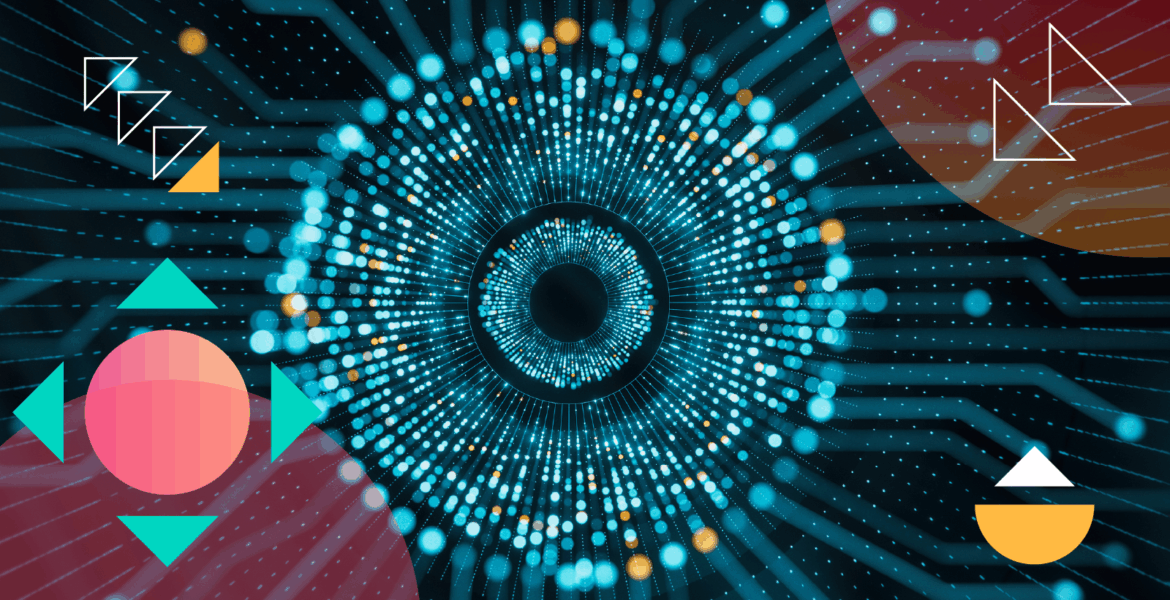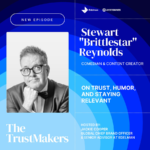By Siddharth Asokan, chief marketing officer, Softwire
Forget turbocharged chatbots and rapidly written PR blurb—the most disruptive wave of Generative AI is coming out of China, and it’s set to overhaul marketing as we know it.
At a basic level, GenAI still offers clear productivity gains. New models like DeepSeek-R1 deliver high performance with lower computing requirements, making advanced AI more accessible and scalable for marketing teams. By automating routine work—drafting emails, tagging assets, writing product blurbs—platforms like R1 reduce costs and save time, freeing up teams to focus on bigger strategic decisions.
But this only scratches the surface. DeepSeek, alongside another Chinese platform, Manus AI, demonstrates that the next generation of GenAI won’t just support marketers—it may be capable of running campaigns end-to-end, with minimal human involvement.
These Chinese innovators, along with more familiar Western tools like ChatGPT and Google Gemini, show that Agentic AI—systems that plan, decide and act independently—is no longer experimental. It’s already reshaping how marketing gets done. That’s why agency networks like Publicis are taking it seriously. At this year’s Cannes Lions, the French giant focussed on helping clients implement actionable AI strategies “they can implement as soon as they return from Cannes.”
The debate is no longer about whether AI belongs in marketing but about how quickly teams can adapt. Here are three ways in which China’s latest AI platforms are reshaping workflows and decision-making:
Campaigns Without a Pilot: Real-Time, AI-Led Execution
Built by Chinese startup Monica, Manus AI is one of the first autonomous AI agents designed for real-world commercial use. In marketing, that translates into hands-off campaign execution: the system monitors performance in real-time, adjusts messaging, reallocates ad spend, and refines targeting—automatically.
That doesn’t just mean better optimisation. It changes the pace and structure of campaign delivery. Instead of waiting for human intervention, Manus adapts continuously, using live data to steer outcomes.
DeepSeek is playing in the same space. Its DeepSeek-V3 model, based on a Mixture-of-Experts (MoE) architecture, allows it to deliver context-specific outputs by activating only the most relevant sub-models—boosting both speed and relevance. The V3 release made headlines in January 2025 after helping trigger a sell-off in global tech stocks as investors reevaluated just how far Chinese AI had come.
Meanwhile, OpenAI’s ChatGPT has begun offering built-in SEO capabilities, allowing companies to optimise content more effectively. However, compared with DeepSeek and Manus, it still relies heavily on human prompts and oversight. The real shift is in Agentic AI systems that can learn, adapt and execute autonomously.
Smarter Sales Funnels, Autonomous Workflows: The AI-Powered GTM Stack
Manus also integrates directly with CRM systems, handling tasks that once required hands-on teams. It can personalise outbound messaging, automate follow-ups, and score leads based on predicted conversion—all without manual configuration.
But Manus is part of a broader shift. A new generation of AI tools is transforming outbound go-to-market (GTM) strategies—from interpreting buyer intent signals to orchestrating complex workflows across sales and marketing. These platforms don’t just plug into CRM; they manage entire funnels with minimal human input, turning data into action in real time.
And China isn’t alone in seeing progress. US-based CRM platform Creatio is also championing the role of AI in workflow automation. It argues that GenAI is accelerating development cycles, enabling non-technical staff to build business apps and automate CRM processes more easily. By reducing reliance on professional developers, AI is reshaping how companies scale internal tools.
Other AI-native platforms are also reimagining outbound. Regie.ai uses generative AI to craft full outbound sequences, personalise messaging by persona or industry, and adapt tone based on what’s most effective—helping sales teams scale and sharpen their outreach. Meanwhile, Lavender provides real-time coaching and message scoring to improve outbound email performance, using AI to analyse tone, clarity, and conversion potential.
The takeaway is clear—whether through autonomous agents like Manus, AI-enhanced workflow platforms like Creatio, or GTM optimisers like Regie.ai and Lavender, the marketing tech stack is rapidly becoming self-optimising.
From Insight to Action: Predictive Analytics with Teeth
Marketing has always relied on data—but GenAI is changing what’s possible. By processing vast datasets in real time, DeepSeek can spot patterns and identify emerging trends ahead of the mainstream. This capability gives marketers a head start on product development, messaging strategy, and customer engagement.
In particular, the Mixture of Experts architecture powering DeepSeek-V3 means it can handle increasingly nuanced tasks with minimal latency— such as processing diverse inputs, modelling scenarios, and adapting messaging at scale.
ChatGPT and other Western tools are also stepping into this space, allowing brands to cluster audience segments, refine user personas and test content variations using GenAI. But the gap is in autonomy. DeepSeek doesn’t just analyse the data—it makes strategic decisions in response to it.
Autonomy at a Cost? What Marketers Should Worry About
While Manus and DeepSeek boast impressive capabilities, their speed and autonomy also raise red flags. With reduced human oversight, brands risk missteps—such as tone-deaf messaging or unintended targeting biases. The opacity of these models also makes it harder to audit decisions or explain outcomes, posing potential challenges for regulatory compliance and accountability. Concerns have also been raised about data handling and security, particularly regarding DeepSeek’s storage of user data on servers in China and potential access by Chinese authorities. And as these systems evolve rapidly, there’s a risk that marketers may become overly reliant on black-box .tools they can’t fully control or understand.
Final thought – The New Job of Marketing Leaders
As AI shifts from support act to lead performer, marketing is entering a new phase—one driven by automation, speed and constant optimisation. But the rise of Agentic AI doesn’t mean human input disappears. It becomes more important than ever.
Marketers still need to decide what matters. Vision, ethics, and creative discernment can’t be delegated to an algorithm, nor can responsibility when things go wrong.
The future of marketing leadership will depend on professionals who can assess AI output critically, flag hallucinations, and blend automation with human insight and judgment.











